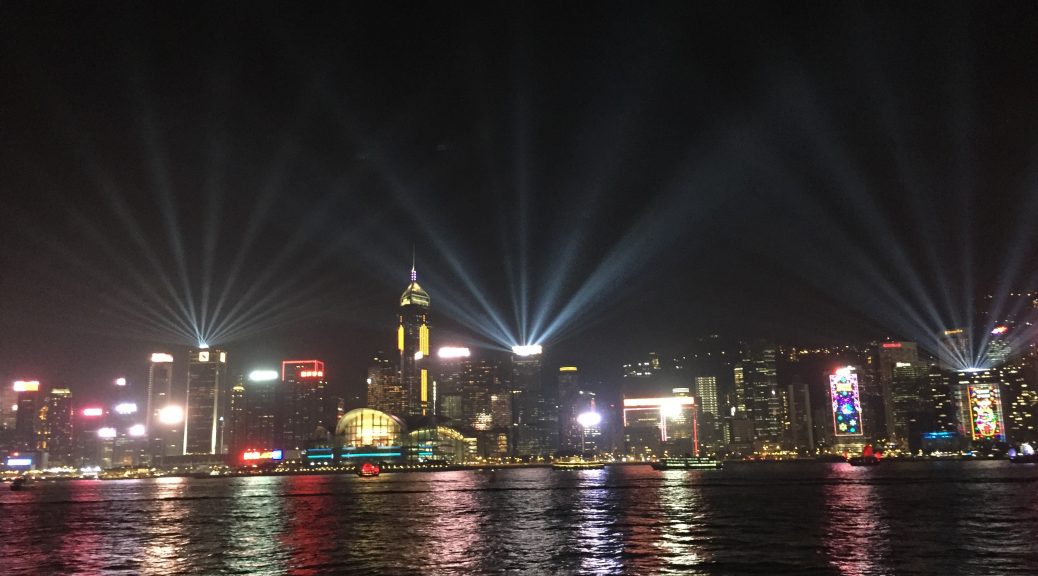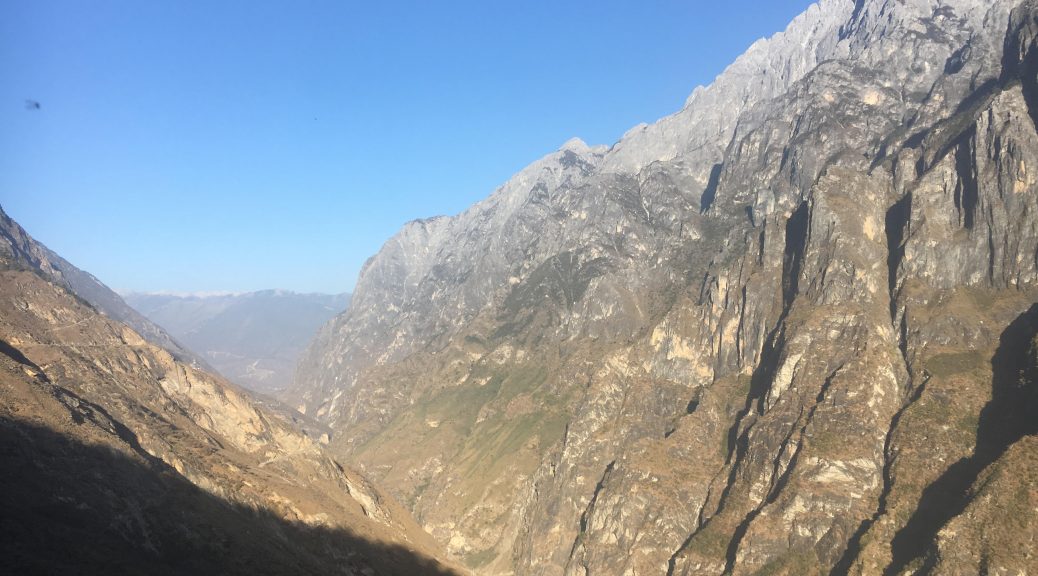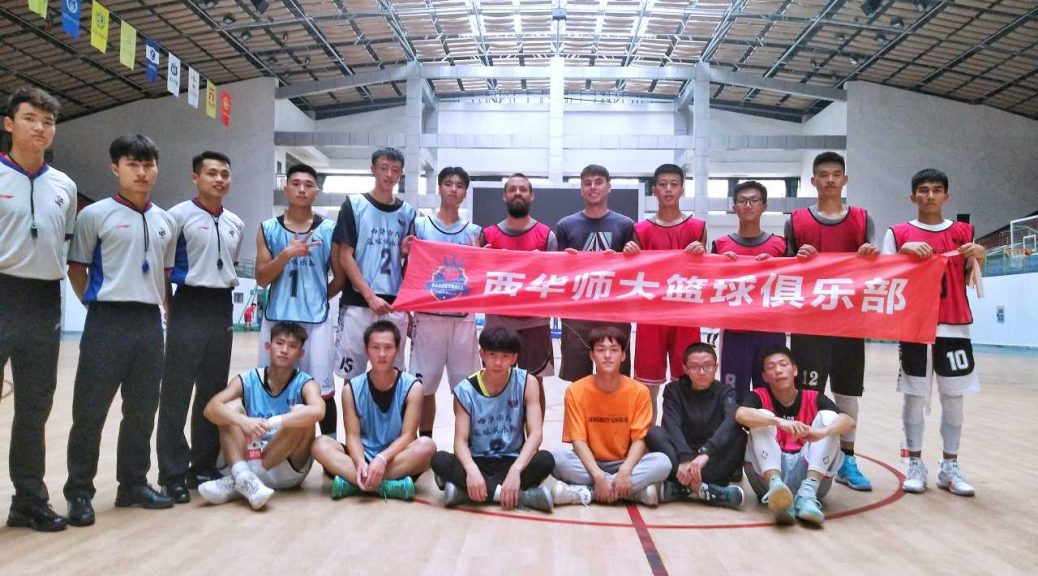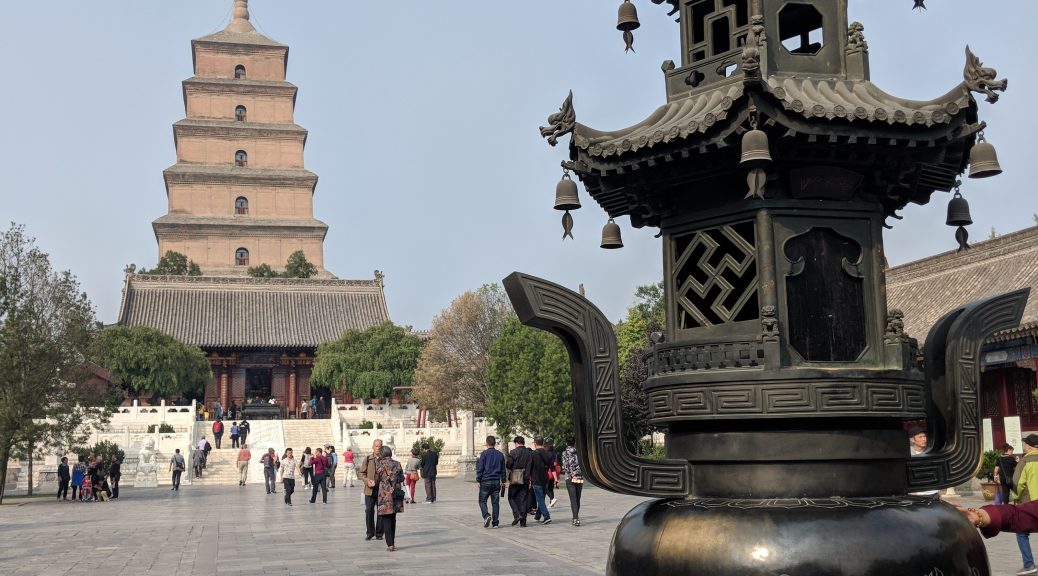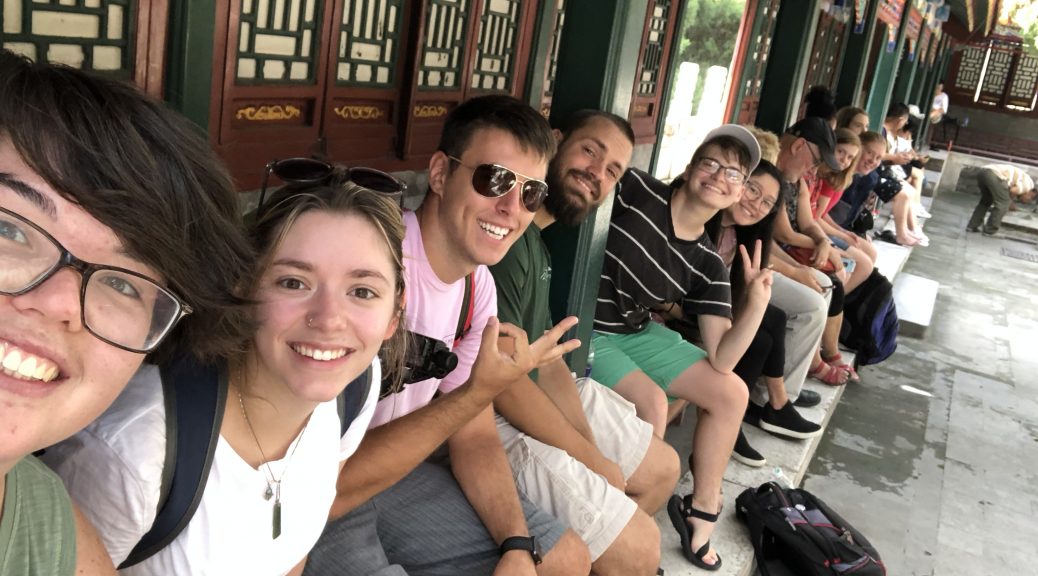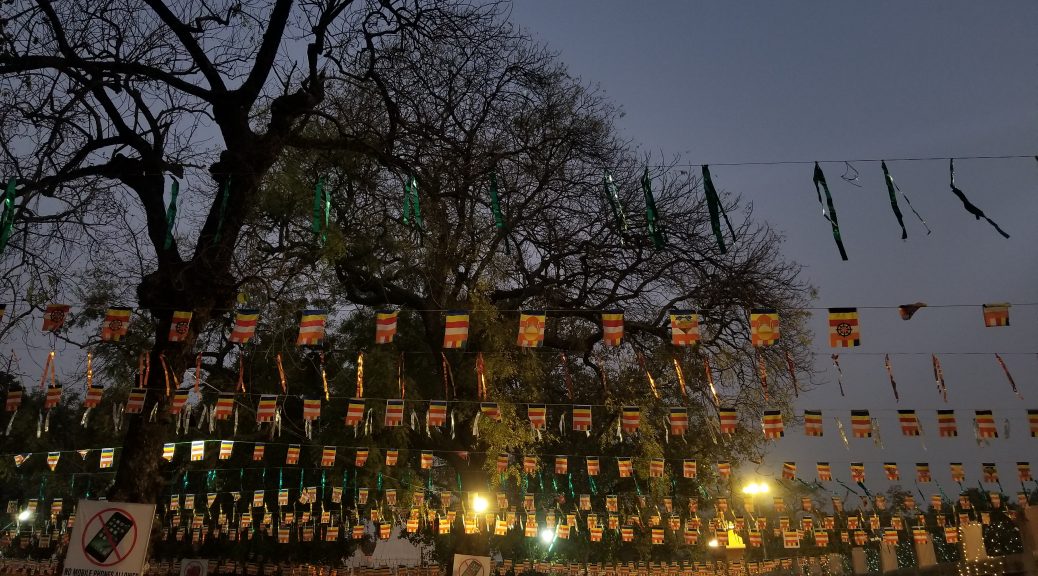China: Why study in such a small city?
“Nan...chong? Never heard of it.”
When I told my sister-in-law, a native of Zhejiang province here in China, that I would be spending a semester studying in Nanchong she was understandably confused. A small provincial town of only about 1.3 million, Nanchong isn’t the first place to come to pretty much anyone’s mind when you tell … Continue Reading ››
